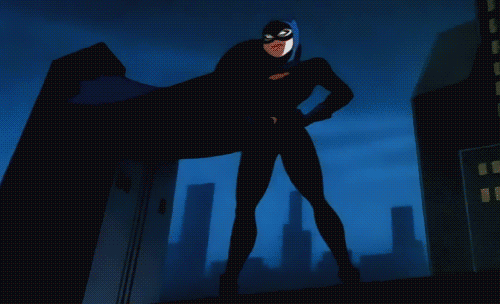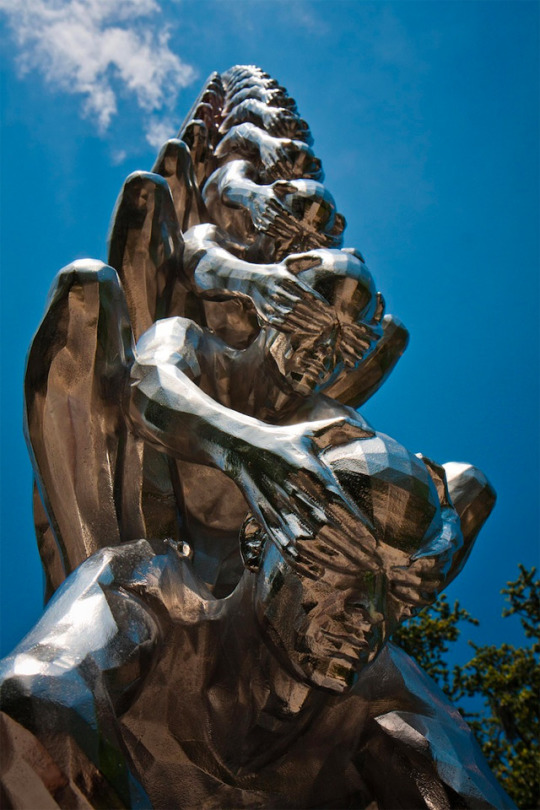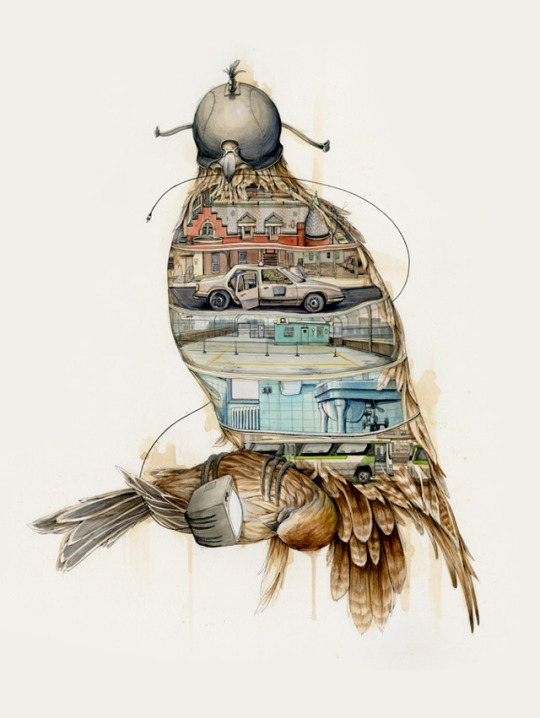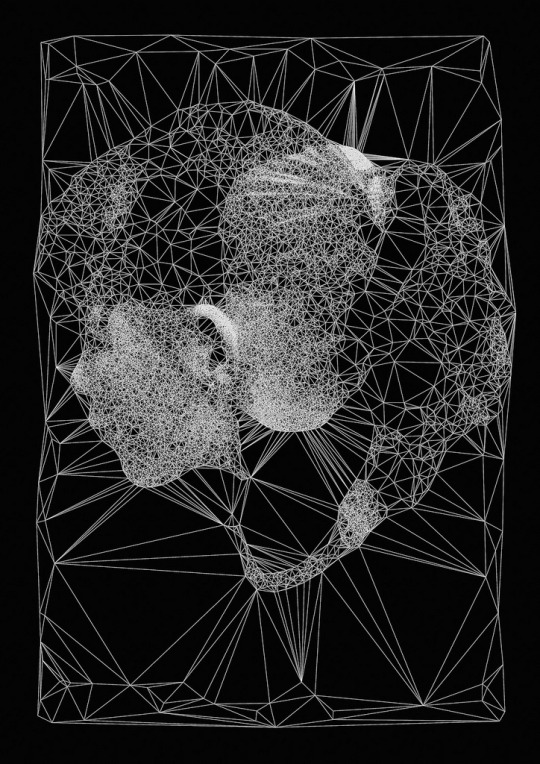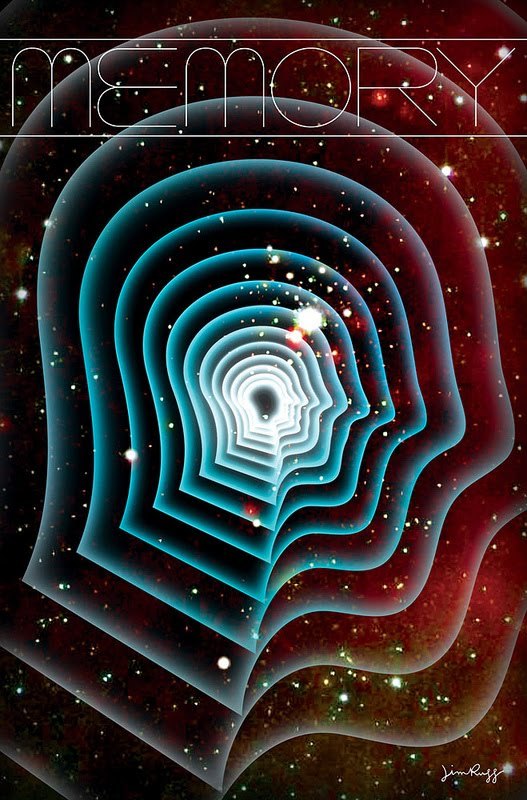Atomic oxygen is an elemental form of oxygen that does not exist in Earth’s atmosphere. In space, however, it is common in the area where satellites orbit Earth.
Don't wanna be here? Send us removal request.
Photo
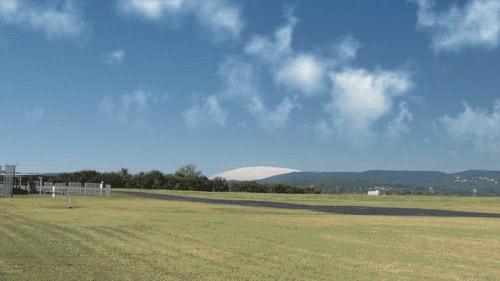
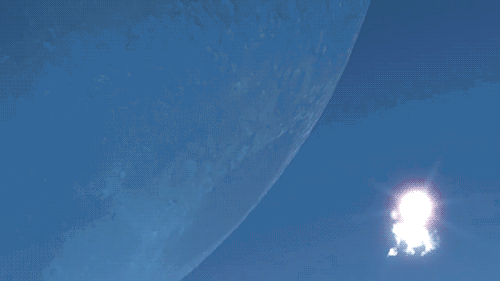
What if the moon was the same distance away as the ISS?
That’s the question asked, and answered, in this new simulation by YouTuber yetipc1. While we think of the International Space Station as being, well, way out there in space, it’s not that far. Only around 400 km up, actually. If the Earth was a basketball, then the ISS would only be about a centimeter off its surface.
On average, our moon resides 384,400 km away from Earth (I say “on average” because its orbit is an ellipse, rather than a circle). For our basketball-Earth, that puts the tennis ball-sized moon at the NBA three-point line. That’s hard to picture, so here’s a video from Veritasium to help. Even at that incredible distance, it sucks on our oceans with its gravity, daily pulling the tides in and out.
Think about that! Even at that incredible distance, the moon can warp the liquid on the surface of Earth! Which brings me to a major problem with this video … in order to see this, we’d all be dead, and Earth would be very messed up indeed.
When two large astronomical bodies get close enough together, the pull of gravity and tidal forces will eventually warp the less massive of the two until it disintegrates. This magical distance is described as the Roche limit (although it’s also dependent on what each body is made of). Mars’ moon Phobos will likely meet this fate within 10 million years, falling apart into a ring system around our neighbor.
In the ISS/moon video, this would have already happened. So it would look more like Ron Miller’s beautifully imagined Earth-ring system. I also recommend his series on what we’d see if we had other planets in place of our moon. In the process of our moon approaching Earth, the tidal forces would tear our crust into an apocalyptic volcanic wasteland. I imagine it would look like squeezing a planet-sized double-stuff Oreo filled with magma. If you weren’t dead, it might even look beautiful, maybe like the end of Melancholia, starring Kirsten Dunst, which you should watch.
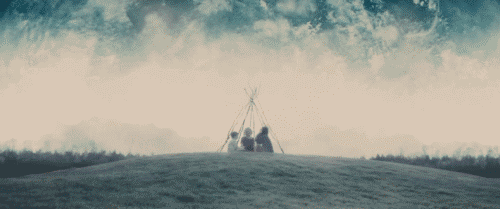
Anyway, visit yetipc1’s YouTube page for a great explanation of why the light in the video looks like it does, which is some pretty nifty science. And maybe leave a comment about how that guy on the left in the beginning by the fence (you’ll see what I mean) would have been dead long ago :)
Oh and finally, finish this astronomically delicious meal with my video: How Big Is The Solar System?
1K notes
·
View notes
Photo
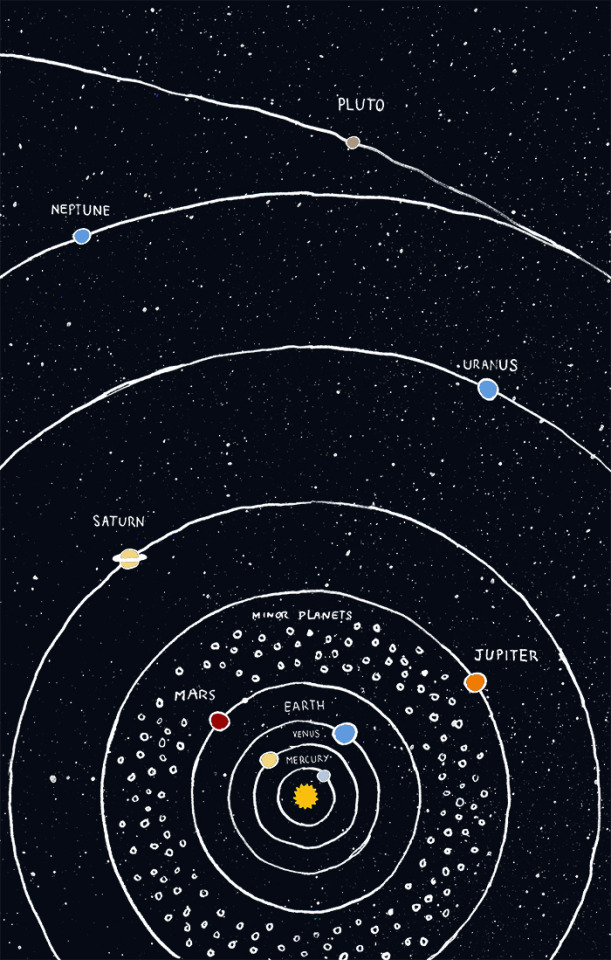
The solar system (simplified version without all the comet gizmos and whatnot). Pluto is a planet. He’s my bro.
44K notes
·
View notes
Photo
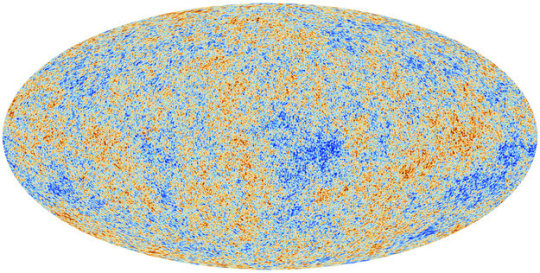
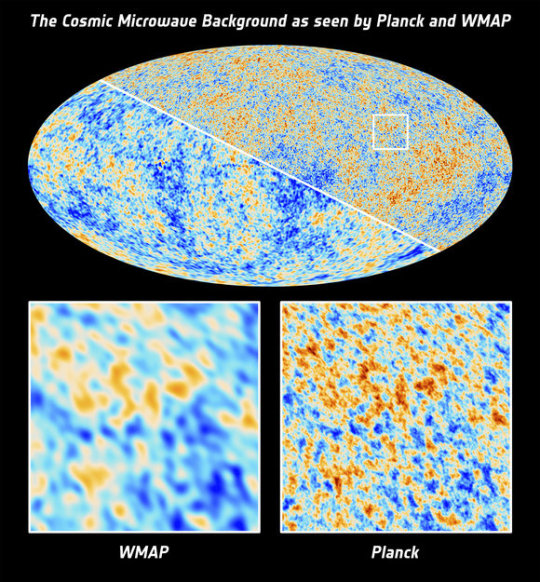
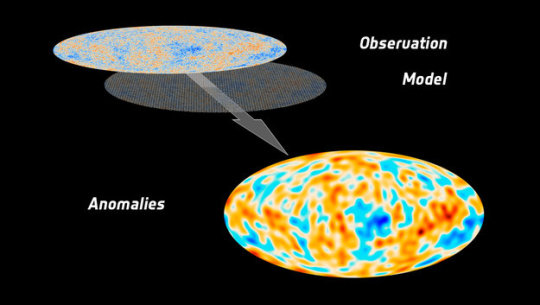
Acquired by ESA’s Planck space telescope, the most detailed map ever created of the cosmic microwave background – the relic radiation from the Big Bang – was released today revealing the existence of features that challenge the foundations of our current understanding of the Universe.
126 notes
·
View notes
Text
Hi friends
Atomic Oxygen and Cozy Dark are now in the hands of someone who's promised to take good care of them. If you enjoy the musings of Zach, please follow his Tumblr over here.
0 notes
Photo

The World is Not Enough
5 notes
·
View notes
Photo
I next proposed a triangular theory of love, which holds that love can be understood in terms of three components that together can be viewed as forming the vertices of a triangle. The triangle is used as a metaphor, rather than as a strict geometric model.
These three components are intimacy (top vertex of the triangle), passion (left-hand vertex of the triangle), and decision/commitment (right-hand vertex of the triangle).
Intimacy refers to feelings of closeness, connectedness, and bondedness in loving relationships.
Passion refers to the drives that lead to physical attraction and excitement.
Decision/commitment refers, in the short-term, to the decision that one loves a certain other, and in the long-term, to one’s commitment to maintain that love.
More of each component leads to different sizes of love triangles, and different balances of the three components give rise to different shapes of triangles. txt via New Shelton Wet/Dry

12K notes
·
View notes
Photo

Noell S. Oszvald
3 notes
·
View notes
Photo
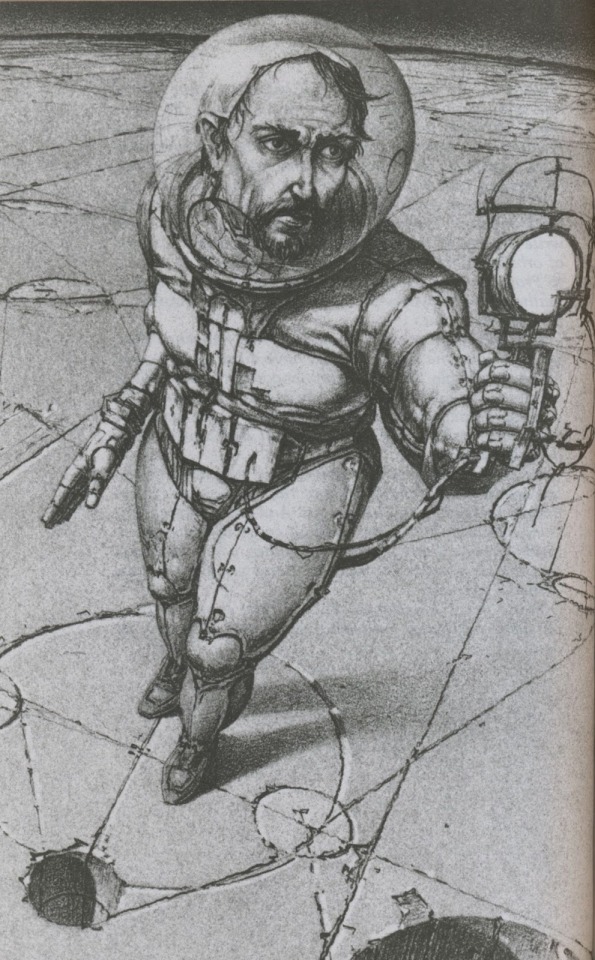
Lebbeus Woods
10 notes
·
View notes
Photo
Rudolf Koppitz, The Weissensee, Carinthia c. 1930
(via so30s)

136 notes
·
View notes

